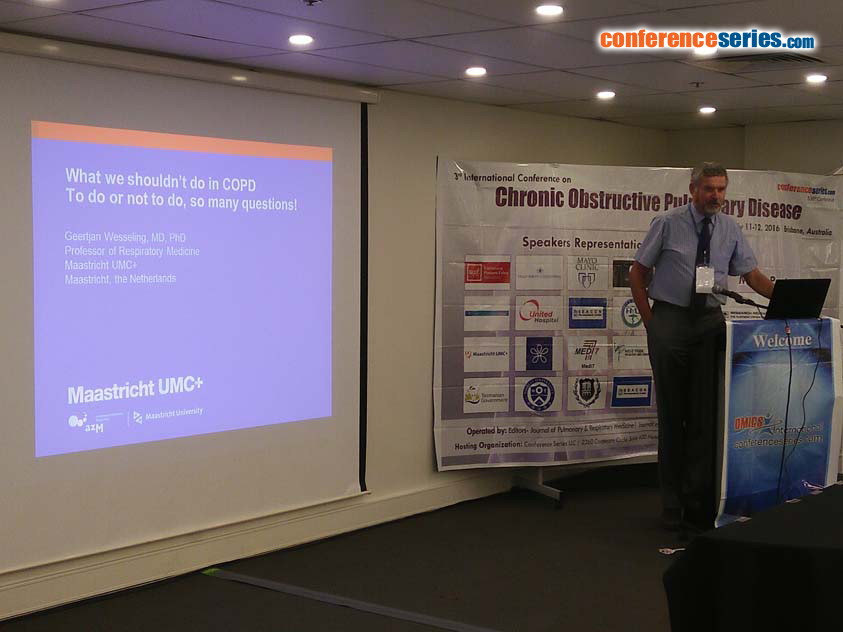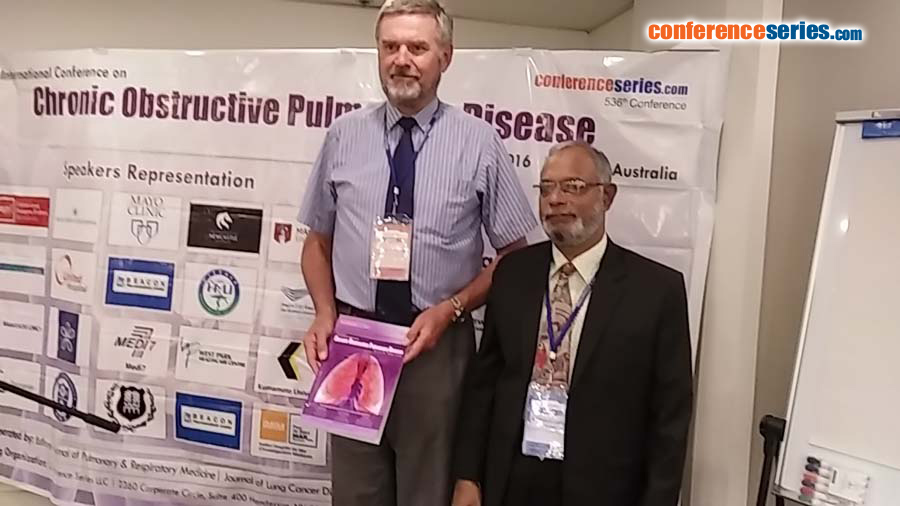
Biography
Biography: Geertjan Wesseling
Abstract
Chronic Obstructive Pulmonary Disease causes significant morbidity and mortality worldwide. Most patients can be treated in primary care. However, even in patients with relatively mild airflow obstruction referral to a specialist may lead to important findings, both related to the COPD and to comorbidities. Several classifications and gradings have been proposed throughout the years that help in categorizing patients, yet not all have direct consequences for the management, that typically includes lifestyle changes, of which smoking cessation and increased physical activity or even rehabilitation are paramount, and pharmacotherapy. Inhaled medication is aimed at improving expiratory flow, reducing hyperinflation and inflammation, to slow-down disease progression and improve quality of life and prognosis. Longacting bronchodilators have clinically significant effects and are widely used, also in mild-to-moderate disease. In recent years the Astma COPD Overlap Syndrome has been proposed, which is a misnomer and often an excuse to skip an adequate diagnostic process and prescribe triple-therapy in patients who would do well with only one or two different drugs. Unfortunately, the majority of COPD patients are on inhaled steroids, but effects are small, often not clinically relevant and side-effects such as an increased risk of pneumonia should warrant clinicians to be more prudent in prescribing those. Selfmanagement is considered an important component of management strategies, even if effects on various outcomes are limited. Repeated lung function measurements are often performed both in primary care and in the hospital.with limited if any effects on management. Taken together, appropriate COPD management is not only about what we should do but certainly also about what we shouldn’t.







